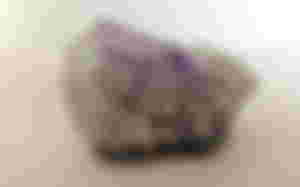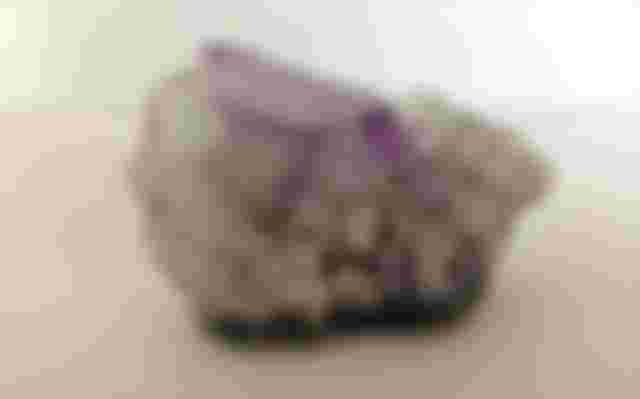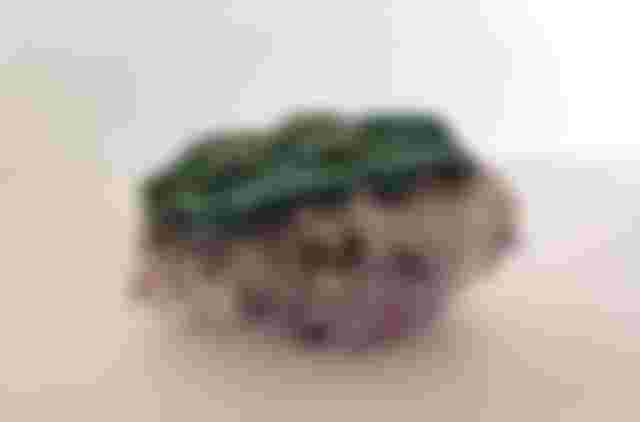During my mountains excursions or wherever I can find stones, if I like their shape or colors, I take it with me at home.
I used to do it especially when I was a kid and I'd find my bedroom shelves full of all kinds of stones, after a while I'd select the best ones and discard the others, slowly I eliminated them all and this passion went away.
Some time ago instead this love for stones came back thanks to a collection of which I saw the first release in newsstands, knowing me I will almost certainly complete it because I like it a lot, finally I can have stones from all over the world of an uncommon charm and know some information about them, which I intend to share with you.
Let's talk about Amethyst, a beautiful stone that is easily recognizable thanks to its crystals and its purple color, due to the presence of iron, is the variety of quartz most appreciated and used since ancient times, when it was considered a precious stone.
His colors varies from light mauve to purple, its intensity is proportional to the amount of ferrous impurities in it.
At a temperature between 400 and 500°C it turns yellow, taking on the appearance of citrine quartz, but at 600°C it loses its natural transparency and becomes opaque, becoming similar to another stone, the Adularia, with a milky color. An extremely chemically stable stone, the only acid that can corrode it is hydrofluoric acid.
It usually has inclusions in the form of parallel stripes also called zebra stripes or tiger scratches.

Amethysts with the most beautiful color can become precious gemstones and are carved in different shapes or transformed into a brilliant, so they can be used to create all kinds of jewelry.
In different religions it is considered the gem that symbolizes spirituality. The high priest of ancient Israel used to wear it set in the cross of his pendant and during the Middle Ages it became the favorite stone of bishops and cardinals.
Towards the end of the 18th century it was considered one of the main gemstones, compared to diamond or ruby, but the discovery of numerous mines in Brazil made it fall into the category of semi-precious stone.
It is located mainly in southern Brazil, where the largest mines in the world are located, and can also be found in Uruguay, Mexico, Russia, Namibia, France and Morocco.
In nature it is very similar to the Ordierite, a stone with which it could be confused, but unlike this one it does not have the effect of pleochroism, that is the change of color depending on the direction you look.
So beautiful to see that it is often imitated, on the market you can find similar stones created with synthetic quartz colored with iron or with synthetic glass.
I have to admit that I'm very fascinated by this stone with its beautiful different colors, I hope that the three photos I took for this article can do it justice because mine is very nice to look and big enough because it is about 7 centimeters long and 3 thick.


